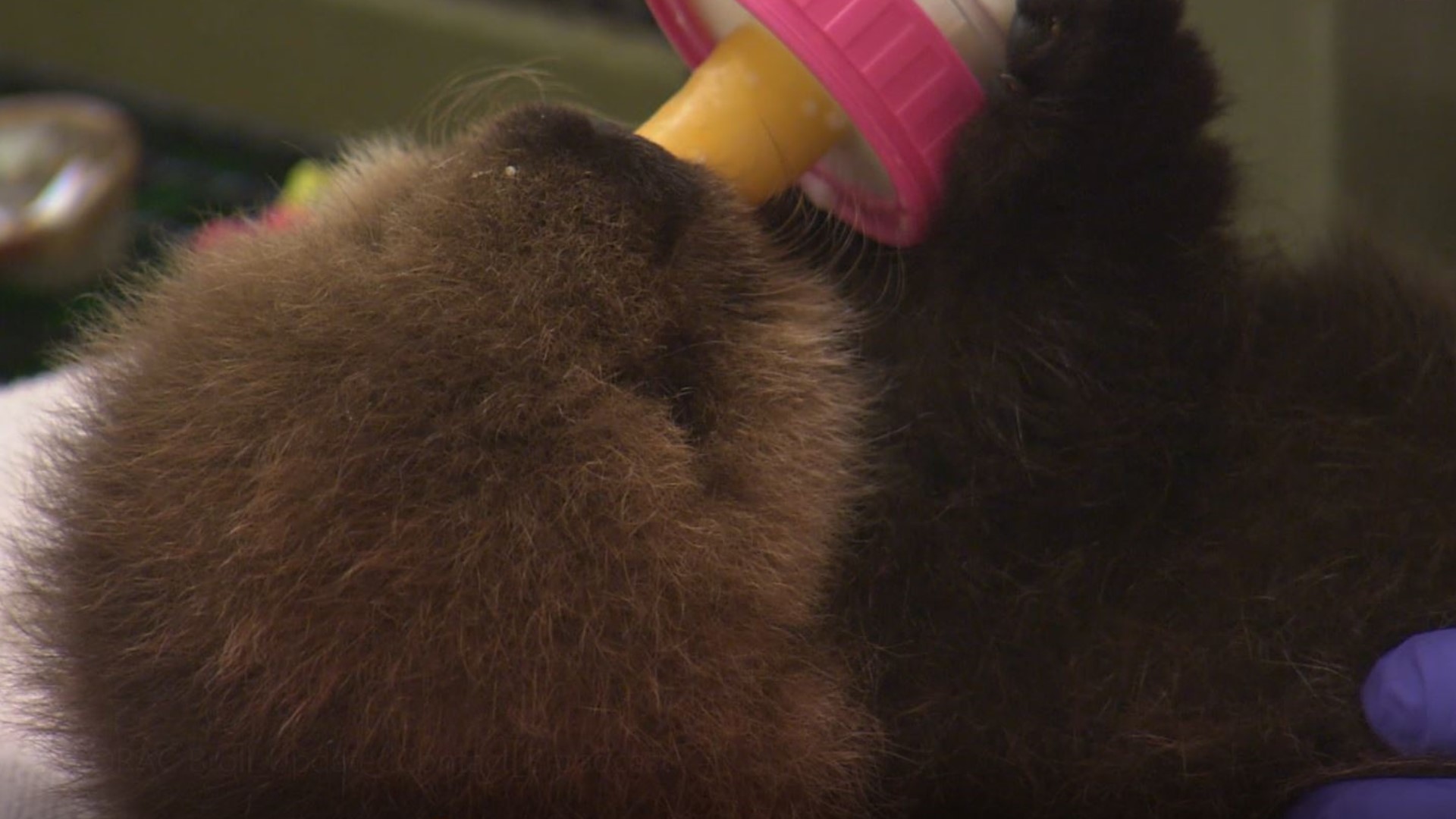CALIFORNIA, USA — The Monterey Bay Aquarium’s sea otter rescue program is showing great results in increasing their otter population.
“You know, we think there was about 50 sea otters left in California. And so from 50 to 3,000 is, you know, a nice increase, but there's still a long way to go” said Jessica Fujii, manager of the Sea Otter Program at Monterey Bay Aquarium. “This is mostly from hunting in the early 17th (century) and 1800s. They were hunted for their fur, which is very thick, and, you know, desired by a lot of fur traders.”
What the rescue program didn’t necessarily plan on doing was help the ecosystem flourish as much as they have.
“By consuming urchins, they help keep that population in check and keep that whole ecosystem in balance, so that we still have those healthy kelp forests as well,” Fujii said.
Kelp forests are similar to forests on earth, in that they take in CO2. Growing kelp, estuaries, and eel grass are just some of the ocean plants that help store CO2, slowing the release of greenhouse gases.
Instead of worrying about fur hunters, otters are threatened by great white sharks. Although otters are not part of the shark’s diet, they are often confused for seals and bit. Sea otters typically die from those injuries. If an otter has pups, they become abandoned.
“Research came out recently with researchers at the Monterey Bay Aquarium showing more white sharks being found in the Monterey Bay region, and it is thought that this can be related to increase in warmer waters further north” Fujii said.
Often, these otters leave behind their pups. The abandoned baby otters are taken in by the aquarium and given a surrogate mother who teaches them everything they need to know to be an otter. Once they are fully grown, they’re released back into the wild
Otters haven’t just helped the kelp. The kelp is also helping otters, fish and invertebrates. The intricate forests make it easier for them to hide themselves from predators while also hiding as predators themselves.
WATCH ALSO:



















